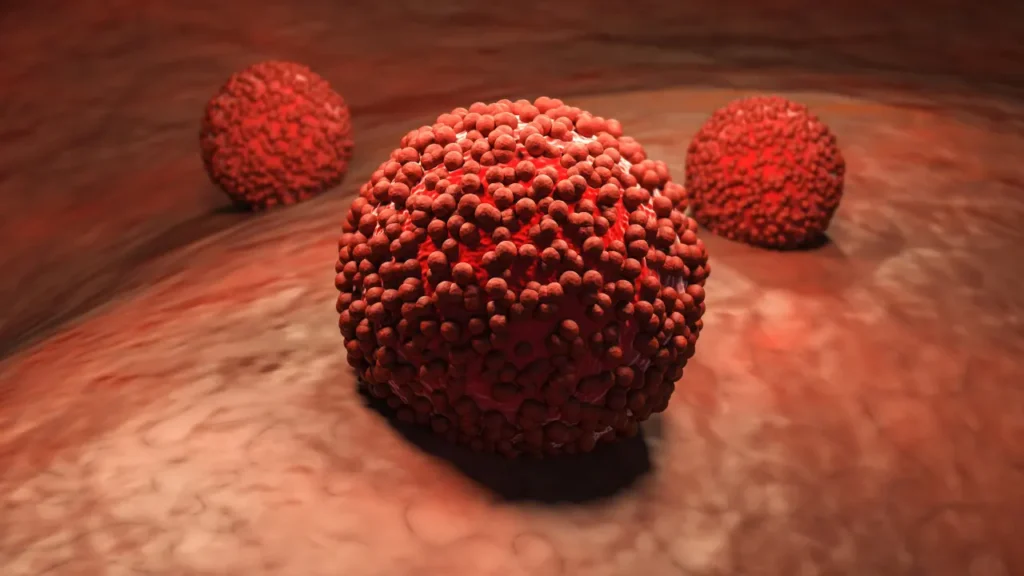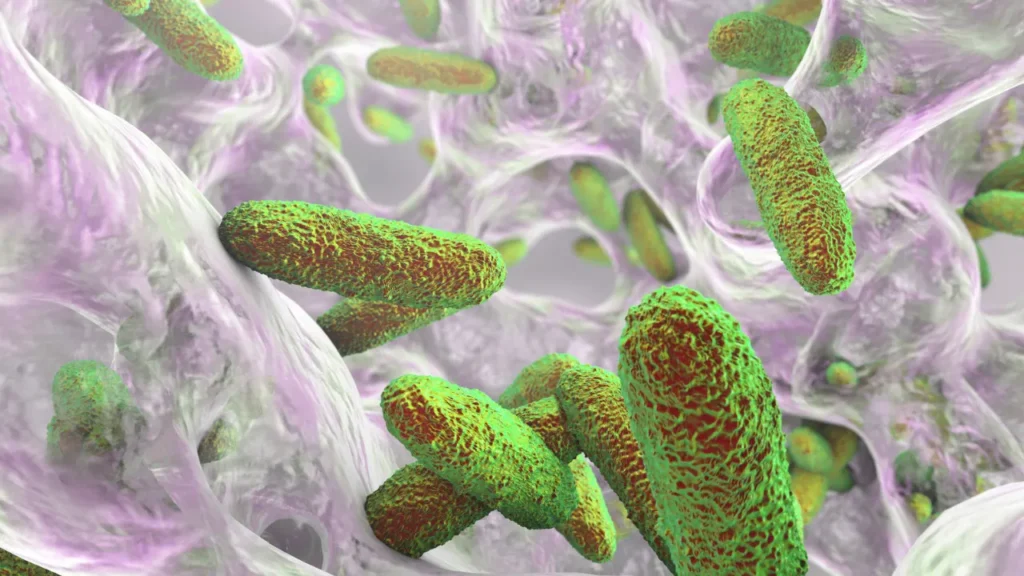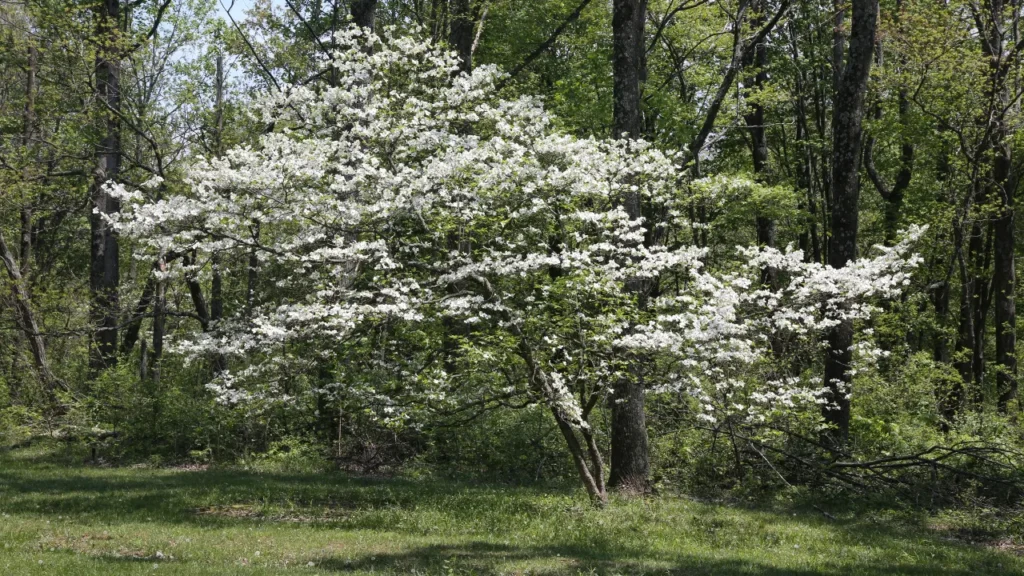With its lovely pink or white flowers in the spring, the American Dogwood (Cornus florida), a deciduous tree native to the eastern United States, has long been prized for its decorative splendor. However, American dogwood is notable for more than just its beauty; for ages, traditional medicine has employed its bark, berries, and leaves to treat a variety of diseases. The chemistry, health advantages, recommended dosage, adverse effects, possible drug interactions, and appropriate use of American dogwood as a nutritional supplement are all covered in this article.
You May Also Like:
Diamond CBD Gummies vs. Joy Organics CBD Gummies
CBD for Concentration: The Productivity Hack for Energy and Focus
American Dogwood: Benefits, Dosage, Side Effects, Drug Interactions, And Other Important Information is an original (NootropicsPlanet) article.
Nature of American Dogwood
The Cornaceae family includes the deciduous American dogwood (Cornus florida). It is a native of the eastern United States and can be found in various settings, such as open fields, woodlands, and riverbanks. The tree typically has a spread of 15–30 feet, a height of 15–30 feet, and a branching structure that is clearly horizontal. The little, inconspicuous blossoms of the American dogwood, which emerge in the spring and are followed by clusters of vivid red fruits in the fall, are known for their decorative value.
The American dogwood’s opposite, simple, oval leaves have pronounced veins and an acuminate apex. They have a bright green lower surface and a darker green upper surface. In the fall, they turn a vivid crimson or purple. The bark has a block-like pattern that is more apparent with age and is distinguished by its rough, grayish-brown color.
Due to the numerous therapeutic uses for its bark, leaves, and fruits, American dogwood has played a significant role in Native American culture and traditional medicine. The bioactive substances that give rise to the tree’s health advantages are currently being uncovered by scientific research, illuminating the tree’s potential as a dietary supplement and complementary therapy for a range of medical ailments.
Health Benefits of American Dogwood
Effects of Antioxidants and Anti-Inflammation
American dogwood contains flavonoids and phenolic acids, which are well-known for their potent anti-inflammatory and antioxidant effects. These substances shield the body from oxidative stress by scavenging free radicals and unstable chemicals that can harm DNA, proteins, and cells. American dogwood may improve a number of inflammatory disorders, including arthritis, asthma, and inflammatory bowel disease, by lowering inflammation.
Activity against Microorganisms and Viruses
Research indicates that the bark and leaves of American dogwood may be effective against certain bacteria and fungi, including Staphylococcus aureus, Escherichia coli, and Candida albicans. In addition, the fruits’ anthocyanins have antiviral effects, especially against the influenza virus. The ability of American dogwood to fight infections may help control bacterial strains that are resistant to antibiotics and halt the spread of viral illnesses.
Anti-Cancer Features
Studies conducted in vivo and in vitro have demonstrated the anti-cancer properties of the bioactive components in American dogwood, particularly the triterpenoids. These substances have been shown to suppress metastasis in a variety of cancer types, including breast, lung, and colon cancer, induce apoptosis (cell death), and inhibit the development of tumor cells. These results point to the promise of American dogwood as a complementary therapy, even if more studies are required to determine its clinical efficacy in the treatment of cancer.

Chemistry of American Dogwood
American dogwood has numerous bioactive substances in its bark, leaves, and fruits that support its therapeutic effects. Tannins, flavonoids, anthocyanins, and triterpenoids are the main bioactive substances found in the bark, whereas flavonoids, phenolic acids, and iridoids are abundant in the leaves. Anthocyanins, flavonoids, and phenolic acids are all present in the fruits. These phytochemicals display numerous pharmacological actions, including antioxidant, anti-inflammatory, antibacterial, antiviral, and anti-cancer characteristics.
Physiological Mechanisms of Action
For the purpose of assessing the medicinal potential of American dogwood, it is essential to comprehend the physiological modes of action by which its bioactive components exert their effects. The main mechanisms of action linked to the health advantages of American dogwood are described in the following sections.
Oxidative Mechanism
American dogwood’s flavonoids and phenolic acids are principally responsible for its antioxidant qualities. These substances have the ability to stabilize free radicals by providing them with electrons, hence reducing the risk of oxidative stress-related cell damage. Further strengthening the body’s defense against oxidative stress, the bioactive components in American dogwood can control the activity of antioxidant enzymes like catalase, superoxide dismutase, and glutathione peroxidase.
Inflammation-Reducing Mechanism
The suppression of pro-inflammatory signaling pathways and the downregulation of inflammatory mediators, including cytokines and chemokines, are how American dogwood exerts its anti-inflammatory actions. In particular, the bioactive components in American dogwood can prevent the activation of the inflammatory response’s main regulators, mitogen-activated protein kinases (MAPKs) and nuclear factor-kappa B (NF-B). American dogwood may lessen the signs of different inflammatory illnesses by reducing the generation of inflammatory mediators.
Mechanisms of the Antimicrobial and Antiviral
American dogwood’s antimicrobial properties are primarily attributed to its tannins, which can bind to bacteria’s proteins and cell walls to alter their structure and function. Additionally, the flavonoids in American dogwood can obstruct bacterial cell signaling and biofilm development, lowering bacterial virulence and preventing infection. The prevention of viral reproduction and entry into host cells, as well as the modification of host immunological responses, are thought to be the mechanisms through which American dogwood’s anthocyanins exert their antiviral effects.


Optimal Dosage of American Dogwood
The ideal American dogwood dosage is based on multiple variables, including the user’s age, weight, and overall health. The bark is often consumed as a decoction, with a suggested daily intake of 1-2 gm. A standardized extract with a known concentration of bioactive components is typically prescribed for the leaves and fruits. The recommended daily dose for leaf extract is 500–1000 mg, whereas the recommended daily dose for fruit extract is 100–300 mg. Before beginning any supplements, it is essential to speak with a healthcare provider because they can provide individualized recommendations and track the results.
Side Effects of American Dogwood
American dogwood is typically considered safe when used in the recommended doses for brief periods. However, some people may encounter adverse side effects such as nausea, vomiting, or allergic responses. If any adverse effects manifest, it is advisable to stop using the medication right away and seek medical advice. Supplements containing American dogwood should not be taken by pregnant or nursing women or those who have known sensitivities to Cornus species. To guarantee the safe and appropriate use of American dogwood, individuals with pre-existing medical issues or those using prescriptions should speak with their healthcare provider before use.
Potential Substance Interactions with American Dogwood
Despite the lack of detailed information on how American dogwood interacts with other drugs or dietary supplements, it is crucial to consider the dangers. For instance, American dogwood may amplify the effects of nonsteroidal anti-inflammatory medicines (NSAIDs) and other anti-inflammatory supplements, raising the risk of side effects due to its anti-inflammatory and antioxidant qualities. Additionally, American dogwood’s anticoagulant and antiplatelet properties may amplify the effects of anticoagulants like warfarin, raising the risk of bleeding. To avoid adverse interactions, it is crucial to inform your healthcare professional about any drugs or dietary supplements you are taking


Best Responsible Uses of American Dogwood
The following rules must be followed to utilize American dogwood as a nutritional supplement safely and effectively:
- Before beginning a supplement regimen, speak with a healthcare provider, especially if you have any pre-existing problems, are taking medication, are pregnant, or are nursing a baby.
- Pick a premium supplement from a dependable supplier who ensures the items’ potency, purity, and safety. Look for extracts that have been standardized and contain a certain amount of bioactive substances.
- Adhere to the dosage and administration instructions that your healthcare physician or the manufacturer has given you. Don’t self-medicate, and don’t take more than the recommended dose.
- Keep a close eye on how the supplement affects you, and let your doctor know if anything goes wrong or if your health condition changes.
- Discontinue use if you experience any side effects or allergic reactions and seek immediate medical attention.
American Dogwood:
Conclusion
American dogwood has a history of traditional use for various medicinal purposes, including its potential to combat bacterial infections. The antibacterial properties of American dogwood suggest potential applications in the development of natural antimicrobial agents or complementary treatments for bacterial infections. Despite promising findings, more research, including clinical trials, is necessary to fully elucidate American dogwood’s efficacy, safety, and specific mechanisms of action for treating bacterial infections and other health conditions.
While American dogwood holds promise as a natural remedy for combating bacterial infections, it is important to approach its use with caution and consult with a healthcare professional before incorporating it into treatment regimens. Further investigation into its health benefits and safety profile will help unlock its full therapeutic potential.


References:
- Antioxidant and Anti-inflammatory Effects of American Dogwood. Link: https://www.ncbi.nlm.nih.gov/pmc/articles/PMC3898748/
- American Dogwood: Traditional Uses and Health Benefits. Link: https://www.healthline.com/nutrition/cornus-florida
- The Pharmacological Properties of Cornus florida L. Link: https://www.researchgate.net/publication/340336775_The_Pharmacological_Properties_of_Cornus_florida_L
- American Dogwood: A Comprehensive Guide to its Therapeutic Potential. Link: https://www.webmd.com/vitamins/ai/ingredientmono-899/dogwood
Important Note: The information contained in this article is for general informational purposes only, and should not be construed as health or medical advice, nor is it intended to diagnose, prevent, treat, or cure any disease or health condition. Before embarking on any diet, fitness regimen, or program of nutritional supplementation, it is advisable to consult your healthcare professional in order to determine its safety and probable efficacy in terms of your individual state of health.
Regarding Nutritional Supplements Or Other Non-Prescription Health Products: If any nutritional supplements or other non-prescription health products are mentioned in the foregoing article, any claims or statements made about them have not been evaluated by the U.S. Food and Drug Administration, and such nutritional supplements or other health products are not intended to diagnose, treat, cure, or prevent any disease.
